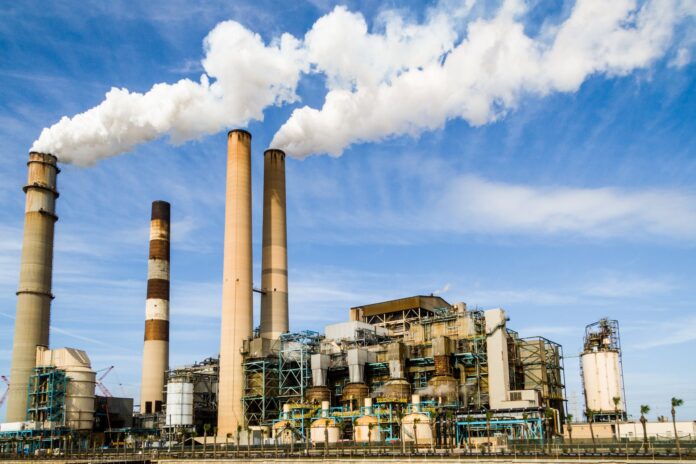Creating useful products like animal feed, medications, and maybe even cheese using greenhouse gases from the steel industry: this plan earned biochemist Sandy Schmidt a 50,000 euro NWO grant last week.
Greenhouse gas emissions from heavy industries, such as steel manufacturing, make up for about 5 to 7 percent of the world’s carbon dioxide emissions. What if we could capture these gases and turn them into useful products?
Scientists have known about the process for a while, says Schmidt, who works at the Groningen Research Institute of Pharmacy. ‘Researchers were working on these bacteria in the sixties already. There is a company that currently makes ethanol from carbon dioxide, and we know we can modify them to make medication, and proteins that can be used for animal feed, for instance.’
Contaminants
But Schmidt plans to grow those same bacteria on another greenhouse gas: carbon monoxide. A difficult enough feat in itself, made more challenging by the fact that gases from the steel industry typically contain contaminants, like heavy metals, sulphur and phosphorus, and that there is oxygen involved in the production process.
‘Other bacteria don’t do very well in the presence of oxygen and contaminants, so our bacteria need to be really robust and stable’, she says. The plans won her a 50,000 euro NWO XS grant for promising and renewing science research projects in their start-up phase.
Later, the process would need to be scaled up to make it competitive with fossil alternatives, Schmidt says. ‘We’re also looking at creating basic chemicals and plastics. But if you want to replace fossil plastics, you need to make tonnes and tonnes of plastic. That’s rather challenging.’
Animal-free cheese
In the future, the bacteria could be used to make animal-free cheese. ‘The German company Formo is interested in making cheese from the bacteria-made proteins’, Schmidt says. ‘But you have to comply with strict EU regulations to make dairy for human consumption. So if this works, they will first implement it in Asia and America and later come back to Europe.’
In the end, Schmidt hopes to end up with one strain of bacteria that can make products from both carbon dioxide and carbon monoxide. ‘That would be easiest.’ The idea is that those bacteria would not only be used for the steel industry, but also to convert gases from waste combustion and many other industries.




